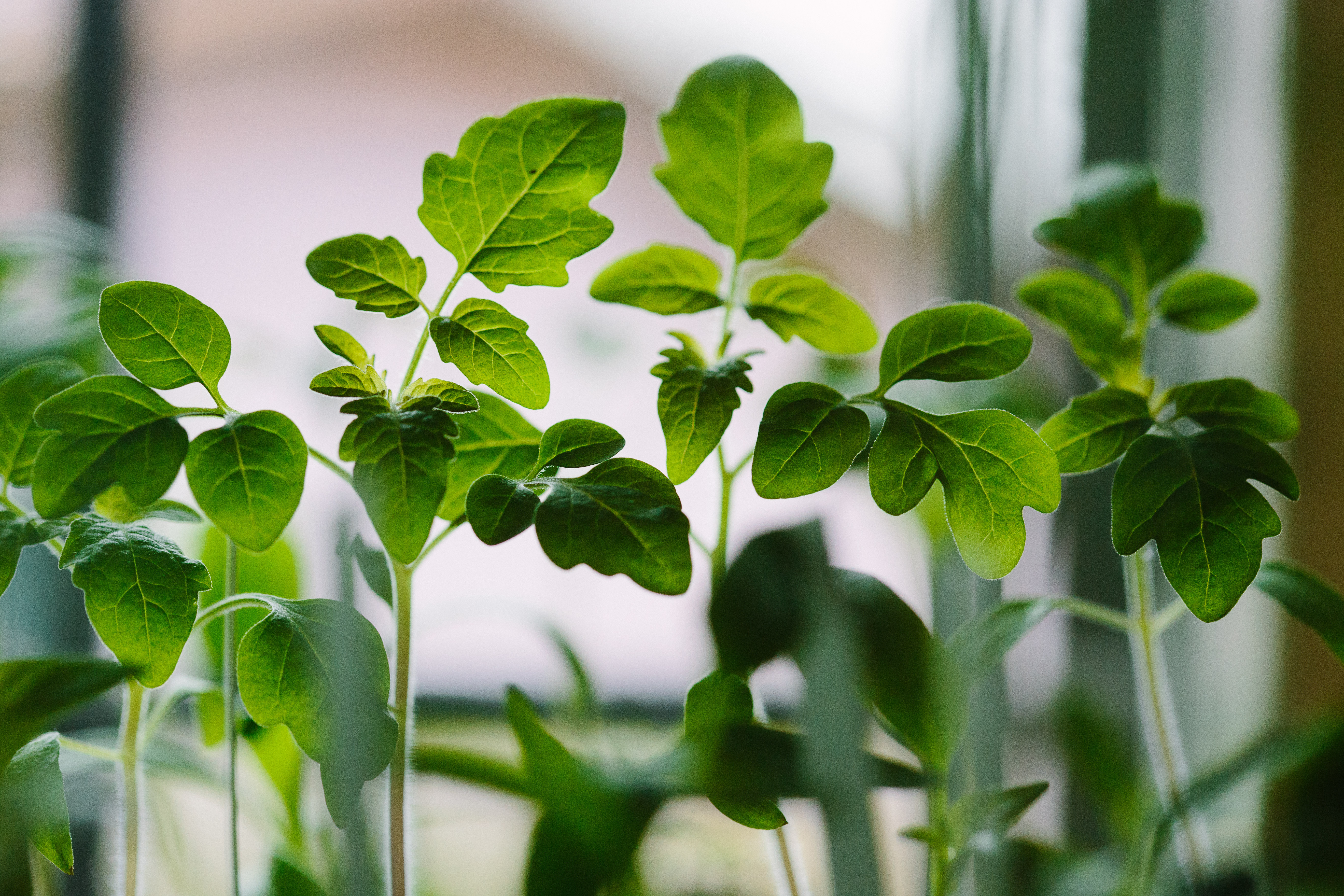For Carbon Sequestration, ARPA-E Banks $35 Million on the Crops of the Future
Author: Tina Casey | Published: December 19, 2017
The Energy Department is out with another $35 million in funding for its aptly named ROOTS carbon sequestration program, aimed at developing and deploying new crops that can solve at least two big problems at once. The crops of the future will be able to sequester carbon at a greater depth, increasing accumulation by about 50%. The new crops will also help restore soil quality, enabling farmers to sustain higher yields while — hopefully — reducing reliance on fertilizers.
ROOTS (Rhizosphere Observations Optimizing Terrestrial Sequestration) comes under the Energy Department’s cutting edge funding agency, ARPA-E. That adds a high tech twist to the act of plugging plants into the soil.
Reducing The Agriculture Soil Carbon Debt
The issue of soil “carbon debt” in the US agriculture industry hasn’t crossed the CleanTechnica radar yet, so here’s a brief explainer from the Energy Department outlining the scope of the problem:
While advances in technology have resulted in a ten-fold increase in crop productivity over the past hundred years, soil quality has declined, incurring a soil carbon debt equivalent to 65 parts per million (ppm) of atmospheric carbon dioxide (CO2)…
Ouch!
The decline in soil quality creates a ripple effect that hampers the ability of the US agriculture industry to grow (so to speak lols) in a low carbon economy:
…The soil carbon debt also increases the need for costly nitrogen fertilizer, which has become the primary source of nitrous oxide (N2O) emissions, a greenhouse gas. The soil carbon debt also impacts crop water use, increasing susceptibility to drought stress, which threatens future productivity.
One particularly cost-effective solution, according to ARPA-E scientists (are you listening Rick Perry?) is to focus new crops on root systems that leverage the “photosynthetic bridge” linking plants, microbes and soil with atmospheric carbon.

